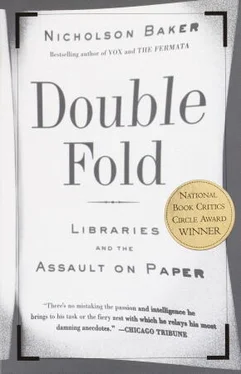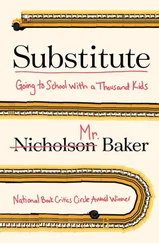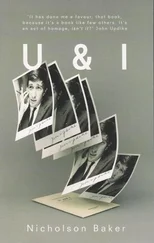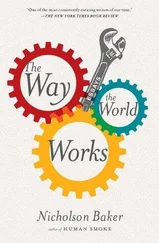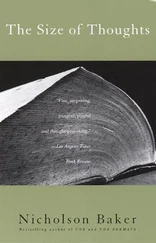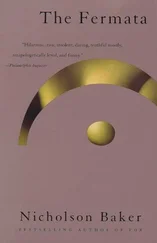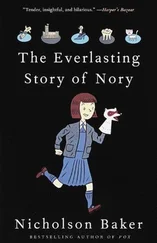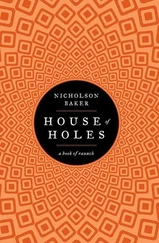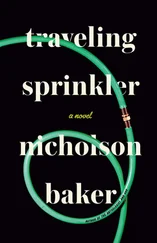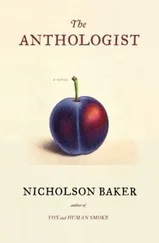In August, after sending two further notes of inquiry, I got a letter from the British Library, attached to which was a much longer disposal list, amounting to about a hundred and thirty newspapers and other miscellaneous periodicals — more than three times as many as had been specified in the library’s newsletter and on its website. The New York World was still there — unbelievably, no library had snapped it up — as were most of the other big papers; and there were pictorial vehicles, such as Leslie’s Illustrated Weekly and the Chicago Graphic, and a bewildering array of ethnic papers and periodicals (the Gaelic American from 1916 to 1919, the American Hebrew from 1905 to 1920, the Boston Dielli, the Jersey City Svoboda, the New York Irish World from 1880 to 1946, the British Californian, the Chicago Katolik, the New York Vienybe Lietuvninku, the France Amerique, and on and on); and political papers (the Yiddish Forward from 1917 to 1975, for instance, and the Worker from 1943 to 1968); and a number of uncommon trade periodicals such as Combustion and Fur Trade Review (both from the thirties). “It has been decided,” Bhavna Tailor stiffly wrote, “that it would not be appropriate for us to donate the remaining material to individuals rather than to institutions.” The material, she said, would be “offered to the highest bidder.” The list was evidently sent out to newspaper dealers at about the same time I got it; the deadline for bids was September 30, 1999.
As I stared at the titles, I felt a great wave of premonitory misery. The timing of this development was not good. I was two years behind in everything, I owed everybody letters of thanks, apology, correction, or friendly encouragement; and my wife and I had drained our cash reserves, having just bought an eighteenth-century house with no doorknobs in Maine. I didn’t want to get caught up in some kind of mind-consuming, hideously expensive wrangle with the British Library.
But, gee, the list was long. The library, while perhaps in technical compliance with disclosure rules, was trying to minimize the scope of their deaccessioning. And then there was the phrase “to the highest bidder.” Apparently, it was a matter of indifference to the library whether the newspaper collection held rarities or not; they were willing to act in a way that would all but guarantee its quietus at the hands of the paper knackers. They wanted the money. So I made calls, hired lawyers, wrote letters, formed a non-profit corporation, and appealed to the British Library’s sense of decency. It didn’t work.
The size of newspapers is indispensable to our experience of their content. The newspaper reader proceeds nonlinearly, not as he would holding a typical book, but circling around the opened double-page spread, perhaps clockwise, or counterclockwise, moving his whole head as well his eyes, guided by island landmarks like photos and ads. Even the papers that have no pictures at all have a visual exorbitance, a horizon-usurping presence that microfilm’s image (which one observer in the seventies compared to “kissing through a pane of glass” 3) subverts and trivializes.
Still, there is nothing intrinsically wrong with microfilming. Taking tiny black-and-white pictures of things isn’t objectionable so long as the picture-taking isn’t destructive. In fact, microfilm can be extremely useful: it is portable and reproducible, and for many kinds of simple referential research, it can serve as a stand-in or buffer copy that reduces wear on irreplaceable and fragile originals. Nobody objects to postcards of Dürer woodcuts, or coffee-table books filled with reproductions of vintage ocean-liner posters, because the existence of handy copies of these works of art, in reduced size, does not induce museum curators to slice up or throw away the originals.
But the microfilming of old newspapers (which contain many thousands of woodcuts, by the way, not to mention Easter-egg cutouts, paper dolls, dress patterns, and illustrated sheet music) has, right from the beginning, been intimately linked with their destruction. The disbinding of every volume in order to speed production and avoid gutter shadow (the middle area of an open volume, where the pages turn down toward the binding, a region harder to light and keep in focus) has long been the preferred method of newspaper microphotography in the United States. (European microfilming is more likely to leave the bindings alone. 4) The technique was systematically applied at the Library of Congress: Luther Evans, who had made a name for himself as head of the WPA’s Historical Records Survey, 5where in the thirties he supervised a large amount of nearly unreadable make-work microfilming around the country, and who eventually became Librarian of Congress, described a pilot project to film a run of the Washington Evening Star in 1941: “The entire back of the binding 6was sheared off under a power cutter and the pages photographed individually.” Evans called this “the ideal technique for microfilming bound newspapers.” S. Branson Marley, a chief of the library’s Serials Division, wrote years later of that disbinding, “This was a major decision, 7for it meant that in order to film a file for preservation, it was necessary to destroy it; once the volumes were cut for this purpose it was impractical, and usually impossible, to restore them.”
That was the practical beginning of the idea of destroying to preserve, which has, thanks to the Library of Congress’s leadership, become all-powerful in U.S. libraries since the fifties. The notion that printing work of the highest level of technical sophistication, produced in four and five colors in multimillion-dollar plants tended by teams of pressmen working around the clock, would necessarily become the casualty of a crude, error-prone, parallax-warped miniaturizing process, was one that became very attractive to library managers, simply because they didn’t want to store the newspapers: newspapers take up lots of space, they are heavy to lug around (a typical ex-library volume weighs twenty pounds), and marginal bits flake off in a messy way, too.
Compared to storing the originals in some big building, microfilming is (like digitization) wildly expensive, even in high-contrast black and white — it costs over a hundred and fifty dollars per volume 8to film a typical newspaper collection, versus less than five dollars a volume 9to build outlying storage for it and hire a person to truck to-and-fro whatever people want to see. And newspaper pages are the most difficult of all printed artifacts to photograph (or digitize) well: they are very large, narrow-margined, and filled with tiny type and finely detailed line drawings and photography. You’re using the outside area of the lens, where distortion is higher; you’re shrinking very small things very small; and you’re removing “grayscale” nuances — of course you’re going to lose information, and beauty, in the process. Books and journals are easy to work with by comparison.
But these difficulties didn’t deter the visionaries of fifty or sixty years ago: the end product might not look that great, but it was thrilling to be able to do the work at all. And once they’d done the heady hobbyistical thing — taken cracker-sized snapshots of the contents of their newspaper shelves, using advanced Recordak film technology — it seemed only sensible to throw the old pages away, rather than to set them aside in an annex in case the microfilm turned out poorly, or had missing issues or pages or months, or in case people had questions (say about the history of American illustration or photography) that only the originals could answer. (In some microfilm, photographs come out as little more than dark rectangles on the page.) Recordak’s Charles Z. Case extolled the benefits of “condensing records 10to microscopic form to save space”; one of the company’s promotional pictures from the thirties shows a wall of volumes of The New York Times 11 at the New York Public Library, heaped and ranked willy-nilly to heighten the sense of oppressiveness: in front of them stands a prim wooden cabinet full of Kodak-made microfilm. Recordak succeeded early on in winning over Keyes Metcalf, then chief of reference at the New York Public Library, who bought two microfilm readers 12in the early thirties; later, when he became head librarian at Harvard, he launched, with Rockefeller Foundation money, a large-scale project to film foreign newspapers, in order, as he wrote the foundation’s director of humanities, “to help push microphotography.” 13In those early days, microfilm was shot on the same stock as movie film (you can still see the sprocket perforations 14from the original negative on some prints) — and one has a sense that these library administrators saw themselves in the role of studio moguls, bringing multivolume reference classics to the silver, or at least the gray-green, screen.
Читать дальше
